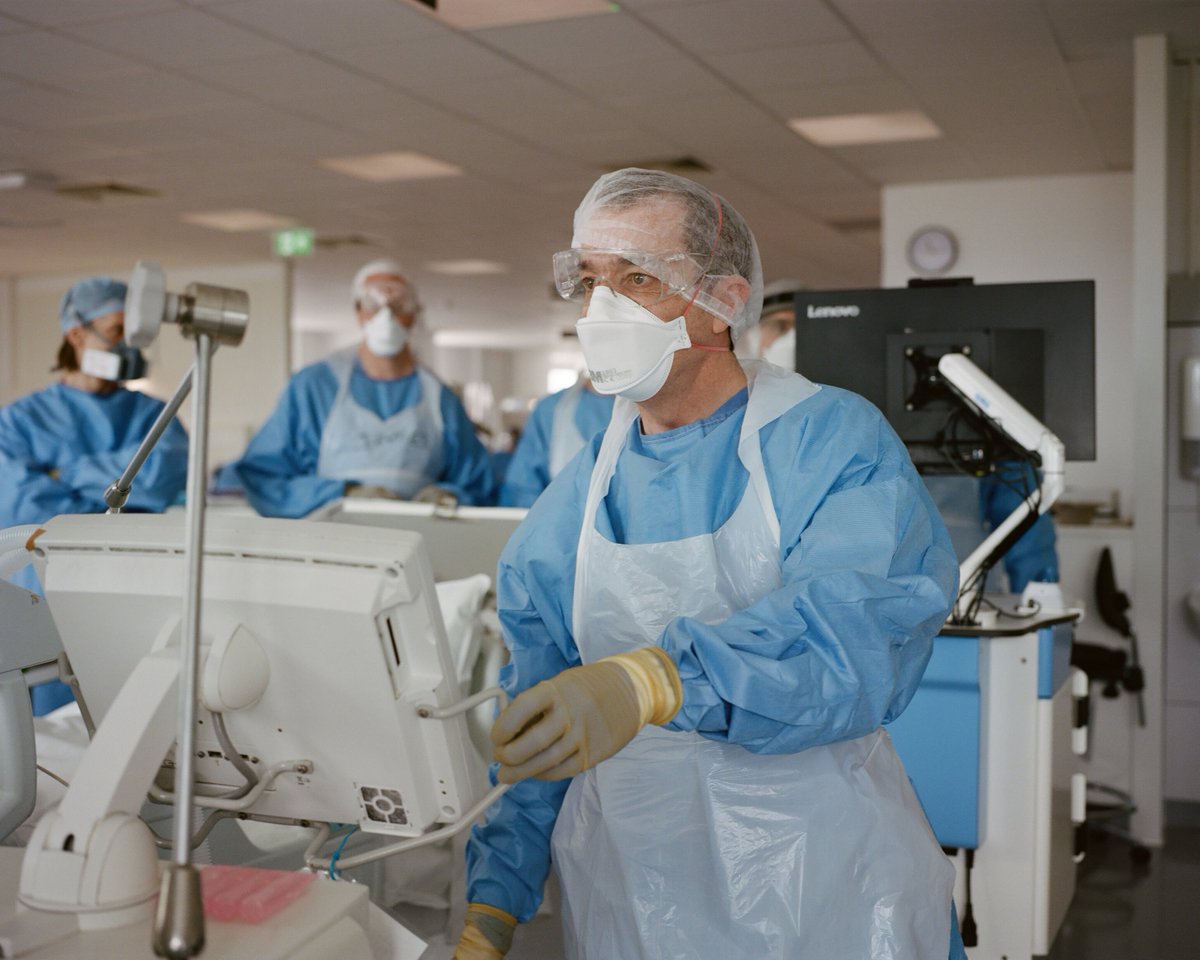
COVID sitrep: The latest UK wave continues to grow. The good news is (compared to previous waves) there are definitely fewer hospital admissions in relation to the number of infections. But the number of infections is now very large. TLDR: The link is weaker but not broken. 1/10 

We are still seeing a significant number of people who need hospital care for COVID. They are mostly people who have not yet been vaccinated. A few have medical problems that leave them at greater risk of infection. Others are young and previously fit & well. 2/10
The daily number of new COVID cases in the UK continues to rise (now more than 35,000/day) and is bigger than the November peak. We expected a peak of infections in late July but as we are relaxing not tightening public health measures, the timing is now harder to predict. 3/10 

The number of patients admitted to hospital with COVID also continues to rise and is currently around 500/day. The rate of patient admissions per infection is much lower than the winter wave but still a significant number. The link is weaker but not broken. 4/10 

Just over 400 COVID patients are being treated in intensive care. This is 15% of all COVID patients in hospital, and a slightly larger proportion than the winter wave. This probably reflects the fact that most ICU’s have capacity to admit patients when referred. 5/10 

The current major hotspots for infection are parts of Scotland, the north-west and north-east of England. However, the rates of hospital admissions seem slightly different between areas. It looks like the NHS in NW England is worst affected. 6/10 

Again, most COVID patients are not vaccinated, or have an illness which affects their immune system. But vaccination rates have right down. Please get vaccinated if you can. The benefits far outweigh any risks. People are dying from COVID every day. 7/10 



The NHS is being pulled in several directions. We have extremely busy Emergency Depts, an epidemic of viral infections in children and a huge backlog of surgery, while we care for patients with ‘usual’ illnesses and once again those with COVID. 8/10 bbc.co.uk/news/uk-577860…
The extraordinary events of the past two years have changed our perceptions. The current level of COVID admissions to hospital may seem small but this is still a major epidemic. There will inevitably be many deaths in the coming weeks. 9/10
We are relaxing nearly all our public health rules at the very moment we expect this wave of COVID infections to peak. The virus is all around us right now. Please think how you can protect others. #HandsFaceSpace and fresh air. Because the link is not yet broken. 10/10 

• • •
Missing some Tweet in this thread? You can try to
force a refresh



















